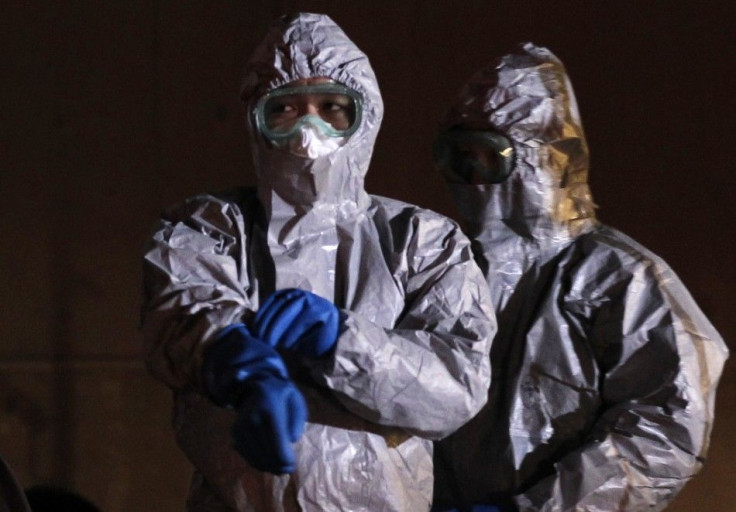IAEA urges Japan govt. to widen evacuation zone around Fukushima nuclear plant

The Japanese government said it has no plans currently to widen the evacuation zone outside the damaged nuclear power plant at Fukushima, despite warnings from the UN nuclear watchdog that high radiation levels have been detected beyond the current no-go zone.
The International Atomic Energy Agency (IAEA) in Geneva stated that it detected about 2-million becquerels of radioactive substances per square meter (which is twice the IAEA limit to prompt an evacuation of residents) in soil samples from the village of Iitate, which is located about 40 kilometers northwest of the Fukushima No. 1 plant. (The Japanese government’s existing evacuation zone is a radius of 20 kilometers around the plant).
The IAEA is urging Japanese officials to widen the evacuation region.
The highest values were found in a relatively small area in the northwest from the Fukushima power plant and the first assessment indicates that one of the IAEA operational criteria for evacuation is exceeded in Iitate village, said senior IAEA official Denis Flory.
About 100 people live in Iitate.
Reportedly, the environmentalist group Greenpeace is also monitoring radiation levels in the village.
The UK and US earlier advised its citizens to stay beyond 80 kilometers of the damaged nuclear plant.
The Chief Cabinet Secretary of Japan, Yukio Edano, countered that the Tokyo government might consider expanding the mandatory evacuation zone only if the higher radiation levels persist.
I don't think that this is something of a nature which immediately requires such action, he said.
But the fact that the level of radiation is high in the soil is inevitably pointing to the possibility that the accumulation over the long term may affect human health.”
Edano added: If a person is exposed to the radiation levels exceeding the IAEA criteria for a long time, it might affect their health because radioactive substances could accumulate in the body. If that is the case, we need to consider evacuating residents from the area.
In the meantime, Edano said, the government will monitor air and soil samples in Iwate in a more detailed manner.
Meanwhile, of more urgent concern are the very high levels of radiation detected in seawater near the Fukushima site.
The Nuclear and Industrial Safety Agency said the level of radioactive iodine-131 in seawater near the plant was more than 4,000 times the maximum tolerable amount, the highest such reading since the earthquake-tsunami first struck. The agency also detected other highly radioactive substances in the seawater.
Still, the agency reassured that even these high levels do not pose an immediate health risks to people living in the vicinity.
Although the figure is on the rise, it will not immediately affect [the health] of residents nearby as the evacuation area is set at a 20-km radius from the nuclear plant and fishermen are not working in the area, said Hidehiko Nishiyama, an agency official.
Radioactive material will spread and dilute by the time people take it in through marine products.
© Copyright IBTimes 2024. All rights reserved.











